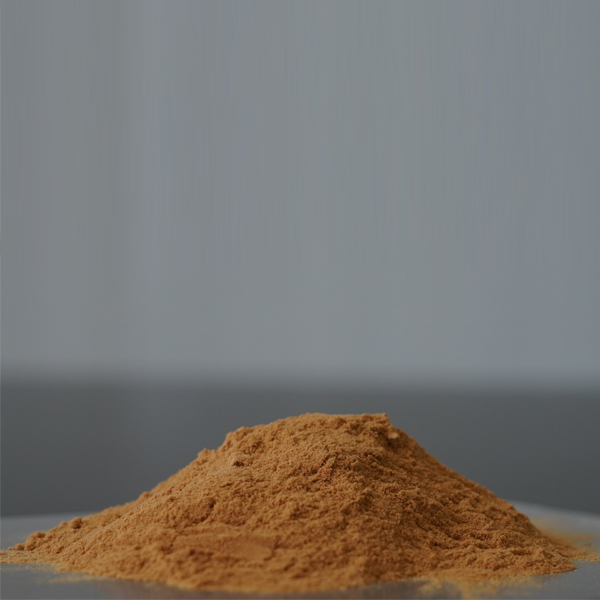
News
sep . 29, 2024 05:07 Back to list
Plaster Retarders for Enhanced Workability and Extended Setting Times in Construction
Understanding Retarders for Plaster Enhancing Workability and Performance
Retarders for plaster are essential additives that slow down the setting time of plaster mixtures, making them more manageable and versatile during application. These chemical agents play a critical role in the construction and renovation industries, particularly when working with gypsum plaster, cement, or similar materials.
Understanding Retarders for Plaster Enhancing Workability and Performance
Retarders function by affecting the hydration process of plaster materials. Gypsum-based plasters, for example, rely on a reaction between water and gypsum to form a solid bond. When a retarder is added, it interferes with the hydration process, delaying the crystallization of gypsum. This delay provides the applicator additional time to shape, smooth, and refine the plaster surface before it hardens.
retarder for plaster

In addition to enhancing workability, retarders can also contribute to the overall performance of plaster finishes. For instance, by allowing more time for proper application, there is less likelihood of cracking or defects developing as the plaster dries. This improved performance is particularly vital in intricate projects where detail is crucial, such as molding and ornamental plastering.
The choice of retarder is also significant, as different types of retarders may vary in effectiveness and application. Common retarders include certain types of sugars and organic acids, which can provide a more controlled setting time. It's essential for professionals in the field to conduct tests to ascertain the optimal type and amount of retarder for their specific plaster application.
Moreover, while retarders are advantageous, they must be used judiciously. Excessive use can lead to over-retardation, causing difficulties in achieving proper set times or even compromising the final strength of the plaster. As such, balancing retardation with the desired setting time and performance characteristics is crucial.
In conclusion, retarders for plaster have become invaluable tools in construction and renovation projects. By enhancing the workability and performance of plaster, they enable contractors to achieve better finishes and reduced defects. As with any additive, understanding how to use them effectively is key to maximizing their benefits and ensuring durable, high-quality plaster applications.
-
Polyaspartic Acid Salts in Agricultural Fertilizers: A Sustainable Solution
NewsJul.21,2025
-
OEM Chelating Agent Preservative Supplier & Manufacturer High-Quality Customized Solutions
NewsJul.08,2025
-
OEM Potassium Chelating Agent Manufacturer - Custom Potassium Oxalate & Citrate Solutions
NewsJul.08,2025
-
OEM Pentasodium DTPA Chelating Agent Supplier & Manufacturer High Purity & Cost-Effective Solutions
NewsJul.08,2025
-
High-Efficiency Chelated Trace Elements Fertilizer Bulk Supplier & Manufacturer Quotes
NewsJul.07,2025
-
High Quality K Formation for a Chelating Agent – Reliable Manufacturer & Supplier
NewsJul.07,2025
